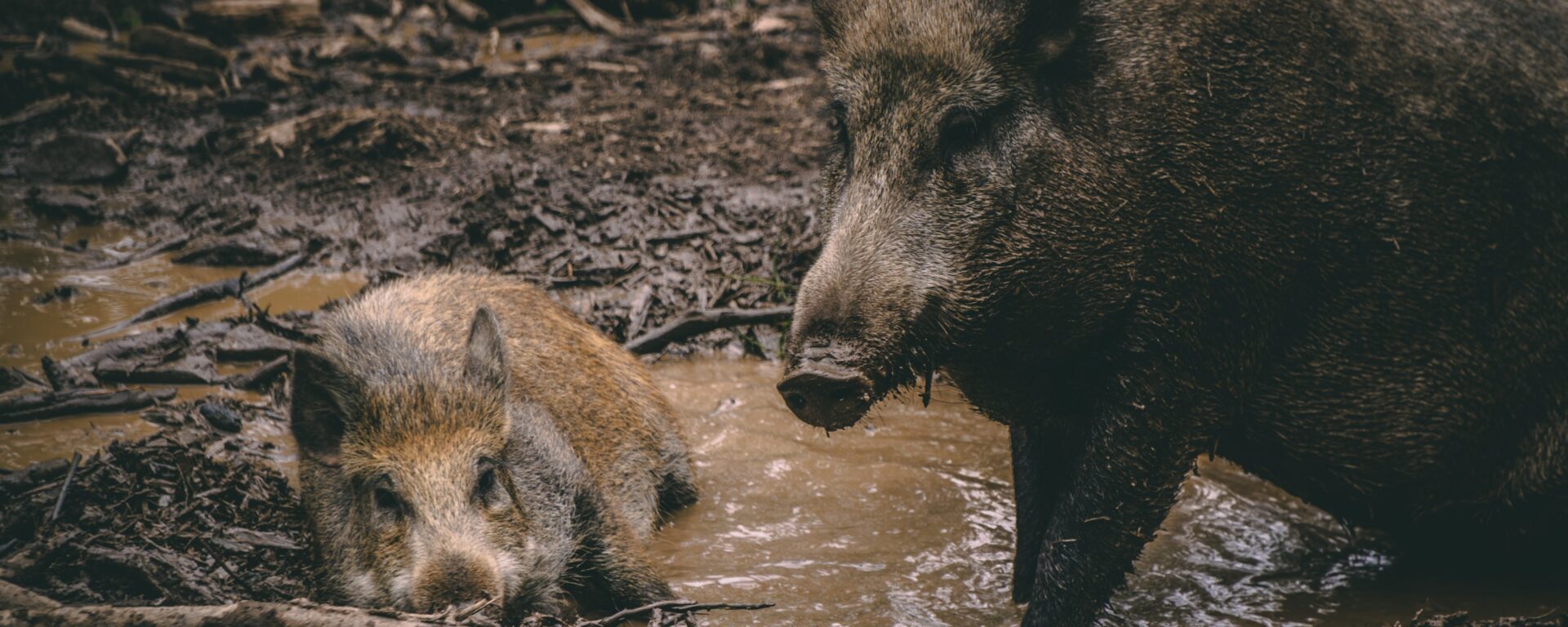Population and habitat suitability models show potential for rapid growth and expansion
This report assesses potential impacts of feral pig populations in southern California (San Diego, Riverside, Imperial, and Orange counties) and Baja California, with an emphasis on San Diego County. We compiled information on the status of pigs in these areas from the literature and interviews with numerous individuals knowledgeable about feral pig populations, including a population recently introduced into San Diego County. We also reviewed available information on the potential impacts of feral pigs on natural resources, water systems, agriculture, and human health, and discussed the feasibility of various control and eradication options.
We developed population and habitat suitability models for feral pigs in San Diego County to examine the potential for numeric and geographic expansion following the recent introduction near El Capitan Reservoir. The models suggest that the population has the potential to grow rapidly and expand into large expanses of currently unoccupied habitat. Such expansion could harm natural biological resources, including riparian and oak woodland communities and numerous sensitive species. It is possible that populations could establish in such protected lands as Cuyamaca Rancho State Park and Volcan Mountain Preserve, as well as various wilderness areas. This could greatly diminish and possibly nullify large conservation investments already made in this region, including habitat restoration efforts. Finally, an expanding feral pig population in San Diego County could invade and cause grave damage in Baja California, where feral pig populations have not, to date, been reported.

